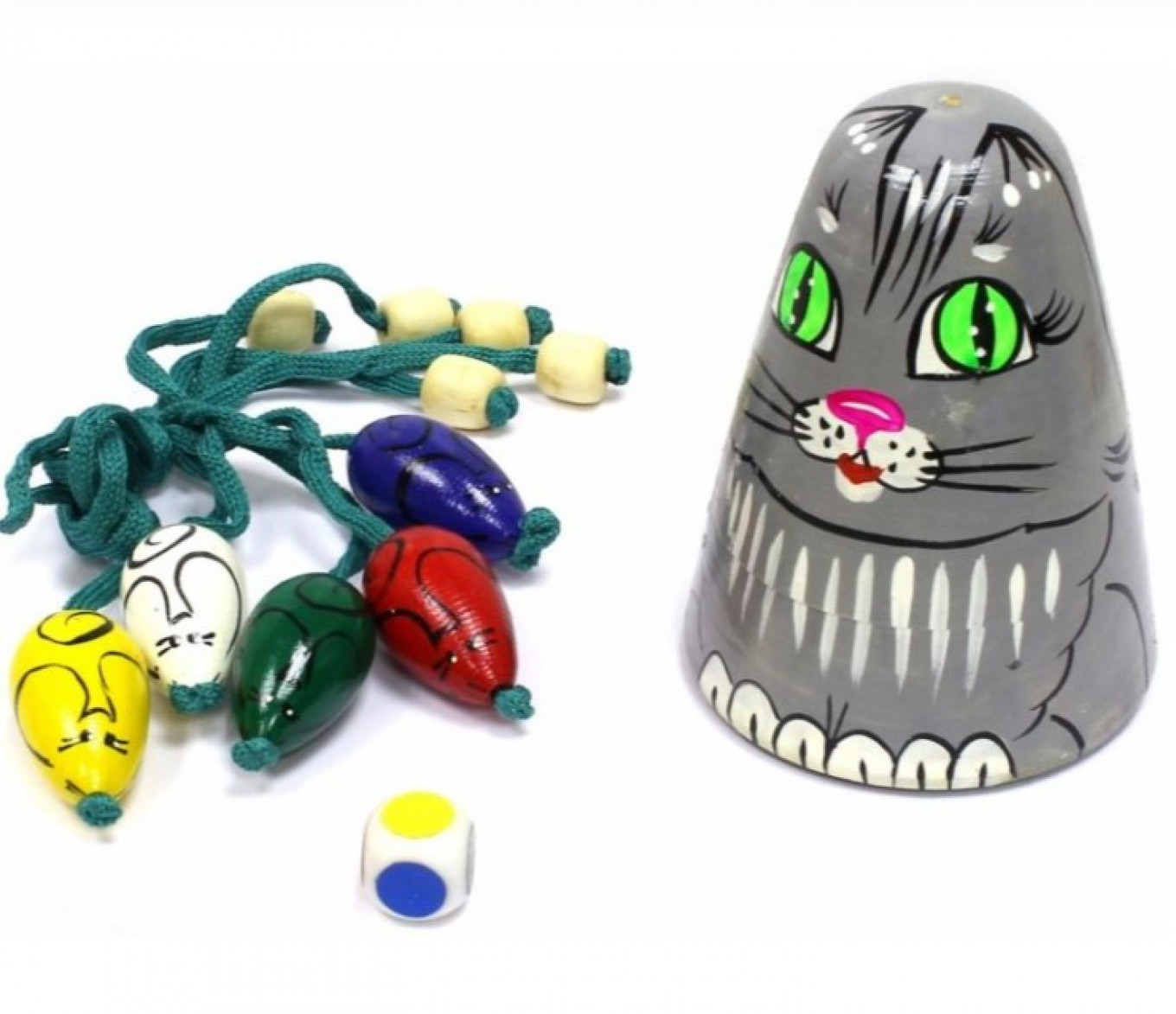Since this year most museums, fairs, and theaters are closed and few families can travel, it’s the perfect chance to go back in time and celebrate the holidays the way Russian families did before electricity, and then before radio, television, the internet and modern gadgets. When you and your family get bored with online movies and board games, here are five games that have kept children entertained for generations.
Russian Pick Up Sticks
Players: 2-10.
What do you need? Many small objects, twigs, straws, and a hook. It is better if the number of hooks is equal to the number of players, but you can take turns using one hook. The hooks can be made of pipe cleaners or wires, depending on what kind of small objects you have.
The objects are dumped on the table in a messy pile. The players take turns using the hook to pull an object out of the pile without moving any of the other objects. If a player moves another object, he forfeits his next turn. The game continues until the players pull all the objects out of the pile. The player who has pulled out the most objects wins.

Fleas in a bowl
Players: 2-10.
What do you need? Each player is given five “fleas” — big buttons, poker chips, or other round flat objects. The players sit around a table with a big flat plate in the center.
There are two ways to play the game. In the first one, players place their fleas (buttons) around the plate and then take turns pressing on the edge of the flea so that it jumps into the plate. If the flea misses the plate, the player has to flip it from the place where it falls on his or her next turn. The winner is the one who flips all the fleas into the plate first.
In the second version of the game, players place their fleas opposite each other at a distance of about 30 centimeters and take turns pressing on the edge of their fleas to make them jump on top of their opponent’s flea. The flea that was jumped on is removed from the game. The player who jumps on all his or her opponent’s fleas first is the winner.
Cats and mice

Players: 2. If there are more players, you will need twice as many mice.
What do you need? “Mice” (two for each player), one “cat” and one “brick.” For “mice,” use small objects on a string or a chain (for example, keychains or small plush toys on a long rope). Cats are plastic or metal bowls, and a die or coin can be a brick.
One player is chosen to be the cat. He takes his bowl in one hand and the coin or die in the other. The other players hold their mice by their tails, one in each hand. The cat-player flips the coin. If it lands heads up, the cat must catch the mouse in the players’ left hand; if it lands tails up, the cat needs to catch the mouse in the players’ right hand. With a die, use even and odd numbers for left and right.
To catch a mouse, the cat tries to slap his bowl over the mice before they are pulled away. If he catches the mouse, the players change places: the one who is caught becomes the cat, and the one who did the catching becomes the mouse.
There are no winners in the game, and you can play endlessly.

Forfeits
Players: 2 or more. The more players, the merrier.
What do you need? A bag or hat.
One person collects small personal items from the players (handkerchief, glasses, hairbrush, watch, and so on). He puts them in a hat or an empty bag, closes his or her eyes and pulls one out of the bag. Then the player gives a task to the owner of the object, such as jump on one leg, crow like a rooster, and so on.
The player who does the most tasks successfully is the winner (although you can play this without a winner, too).
Russian bowling
Players: 2 or more.
What do you need? Small unbreakable objects (for example, toys or plastic bottles) and a small ball, like a tennis ball.
There are many variants of the rules, but they all have one main goal. The objects are placed in a line. The players are divided into teams and try to knock them down either by throwing or rolling the ball. The team with the most objects knocked down wins.






